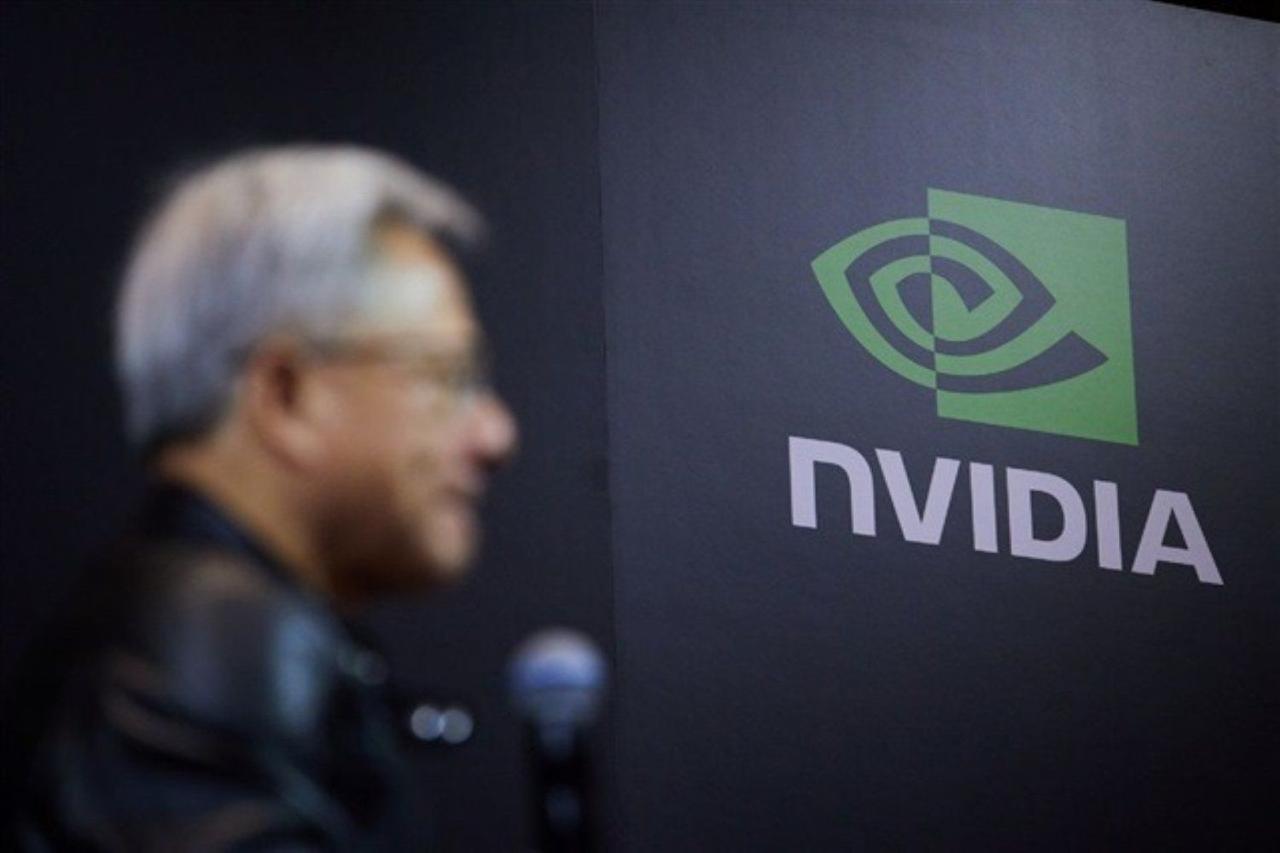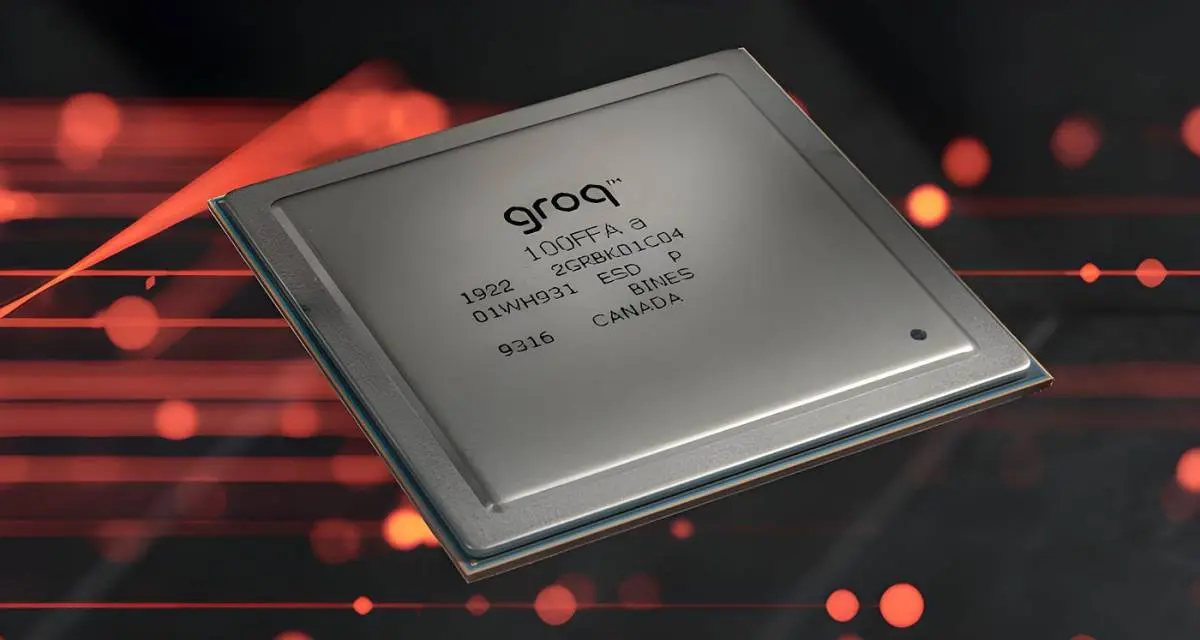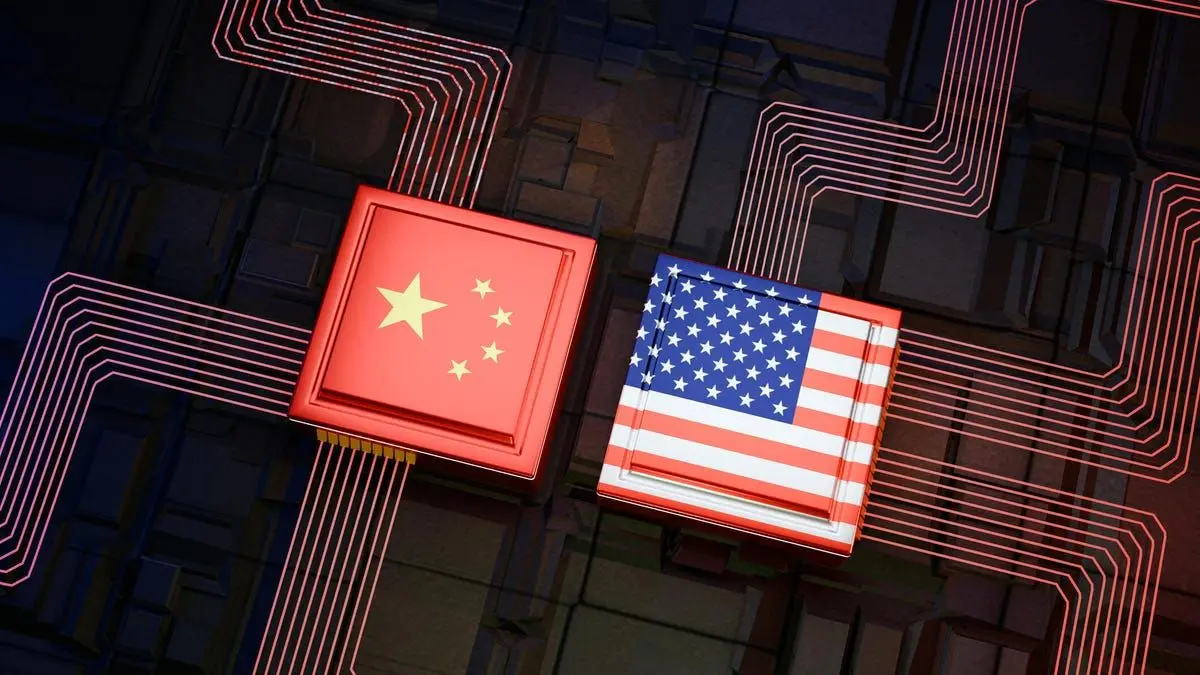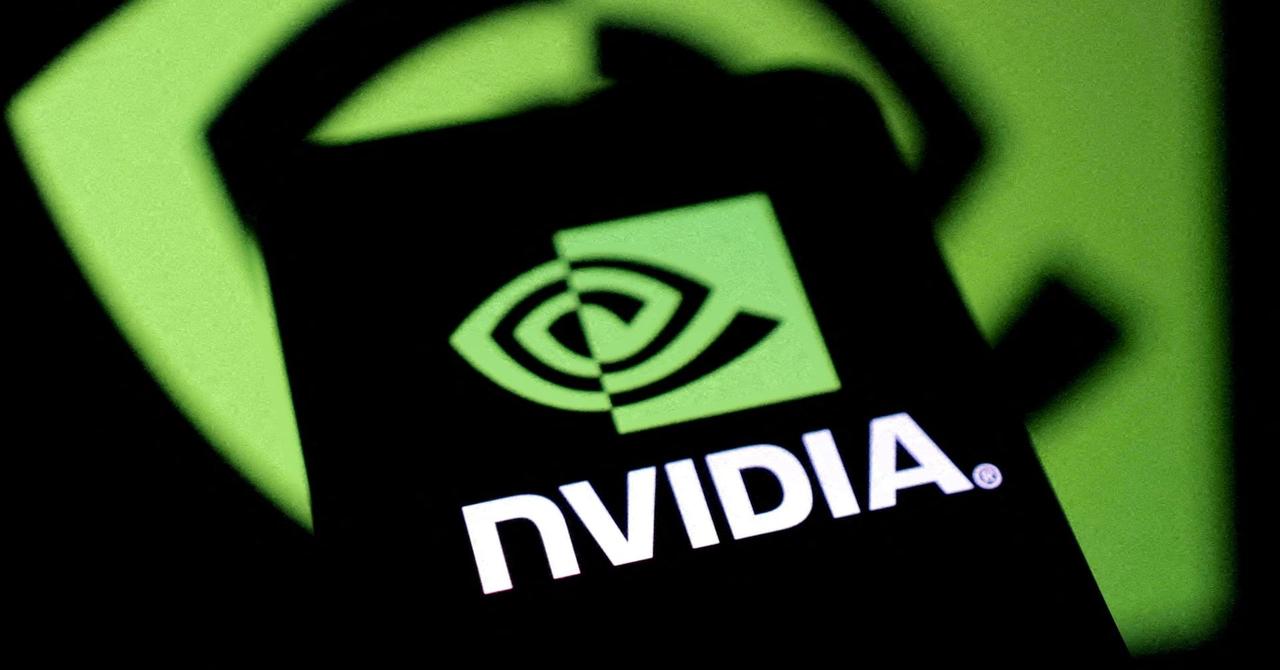Nvidia's Strategic Moves in China: New GPUs and Export Control Navigation
7 Sources
7 Sources
[1]
Nvidia reportedly preparing RTX 6000D for Chinese market to comply with U.S. export controls -- fabricated on TSMC N4, featuring GDDR7 memory capable of delivering 1,100 GB/s of bidirectional bandwidth
After months of regulatory hurdles and revenue fallout, Nvidia is poised to initiate a bold comeback in China with its upcoming RTX 6000D -- a strategically modified Blackwell-based GPU designed to satisfy current export controls and restore lost market share. According to DigiTimes, the company plans to begin shipping the card in Q3 of 2025, with an ambitious target of 1-2 million units by year-end, aiming to recoup over $10 billion in faltering revenue. This news stems from Nvidia CEO Jensen Huang's third visit to China in 2025 that he made yesterday, a highly symbolic gesture amidst the ever-growing U.S. scrutiny. He reportedly used the visit to personally present the RTX 6000D and other compliant AI solutions to key Chinese partners, signaling both goodwill and urgency. The Trump administration recently orchestrated a deal with China, trading chip design exports for rare earth materials, so there's potential for de-escalation, but bleeding-edge semiconductors are a hard line to cross. As such, the newest addition to the China-only lineup of GPUs is the RTX 6000D, different from the RTX PRO 6000D that's also in the works. It's built on TSMC's 4nm process node, features GDDR7 graphics memory with around 1,100 GB/s bidirectional bandwidth, and boasts a design aimed at approaching HBM-class performance -- all while staying within current U.S. export regulations. However, concerns still linger around GDDR7 supply constraints, which could limit production in the second half of 2025 when the card is supposed to launch, claimed DigiTimes. Nvidia's move is a direct response to the major financial drag it's faced since President Trump took office. In the fiscal year 2025, China (including Hong Kong) generated over $17 billion in revenue, around 13% of the company's total revenue. But export bans on chips like the H20, A800/H800, and high-end gaming cards like RTX 4090, and even 5090D have driven China's revenue share down to less than 5%, costing NVIDIA an estimated $4.5 billion in impairments and $2.5 billion in lost revenue recognition. That being said, just hours ago, Nvidia was given approval to sell its H20 GPUs in China again, so ground is already being recovered as we speak. Nevertheless, the RTX 6000D replaces the earlier RTX 5090D, which seems to have faced the same export ban in China, and may now take its place alongside the H20 and the upcoming RTX 5090D V2 in Nvidia's present China portfolio. The card has fresh industry buzz thanks to Huang's visit and the promise of millions of units ready for distribution, assuming memory supplies hold up. Market analysts also note that, although domestic companies like Huawei and Cambricon are racing to develop China's AI capabilities, they remain bottlenecked by SMIC's older processes, high costs, and lack of software ecosystem parity with CUDA. That puts Nvidia at a distinct advantage, with the RTX 6000D now playing a critical role. Jensen has called the current administration's stance on export control "a failure" before, so it's no surprise that he wants to ramp up deliveries in China, a region where even its nerfed GPUs sell well. If successful, the RTX 6000D rollout could restore Nvidia's footing in a critical market after months of disruption, something that AMD already seems to be on track on. It also underscores the tight intersection between geopolitics, chip manufacturing, and AI infrastructure. As it stands, whoever controls the best chips controls the world, and right now, those are needed to satiate the AI boom. Therefore, the U.S. government keeps tightening the screws on China to force them to stay behind, despite the leather-jacket-clad CEO saying otherwise.
[2]
Nvidia H20 AI GPU inventory is limited -- but Nvidia is making a new B30 model for China to comply with export restrictions
Nvidia has informed Chinese clients that the stock of its H20 HGX GPUs for AI is limited and production will not resume, despite a recent policy shift by the Trump administration allowing exports of these processors to China, reports The Information. The company plans to fulfill only existing orders using current inventory, but will not produce any more H20 products. Apparently, Nvidia is preparing a B30 GPU that will rely on the company's latest Blackwell architecture, reports the Commercial Times. Nvidia halted production of H20 silicon earlier this year as its exports were restricted by the U.S. government. The company had to cancel orders and abandon capacity reserved for H20 production at TSMC. Additionally, the company took a $4.5 billion write-down in the first quarter related to unsold inventory resulting from the April ban. Recently the Trump administration reconsidered its export rules and allowed AMD and Nvidia to sell their Instinct MI308 and H20 AI accelerators to China-based entities without an export license. However, it does not look like Nvidia plans to resume production of H20 anytime soon, as TSMC did not confirm new orders H20 orders last week. "[W]e did not receive the signal yet, so it is too early to give you an estimate," said C.C. Wei, chief executive of TSMC during the company's conference call. "But certainly, it is good news, right? I mean that China is a big market, and my customer can still continue to supply the chip to the big market, and it is a very positive news for them and in return is a very positive news to TSMC. Whether we are ready to increase our forecast, not yet. Another quarter, probably will be more appropriate to answer your question." Two individuals familiar with the matter cited by The Information said TSMC's fabs are operating at full utilization and have reassigned the H20 capacity to other customers. TSMC's cycle time for N4-based chips is around three months, so even if the contract chipmaker restarted production of H20 today, end users would only get it in late October or early November. But it wouldn't make sense to restart production of a Hopper-based GPU considering the fact that Nvidia already has Blackwell, a more efficient architecture. Indeed, according to Commercial Times, Nvidia is prepping its Blackwell-based B30 GPU for AI applications. The unit is said to be 10% to 20% slower than H20 (which will likely please the U.S. lawmakers and hardliners on China), but its price is reported to be about 30% to 40% lower as well. Since the Blackwell architecture is more efficient than Hopper, the B30 (or whatever its final name will be), could end up being smaller than the H20 while still meeting performance density U.S. export control requirements. This will reduce costs of China-bound AI GPUs for Nvidia, which will help it to maintain or even increase its gross margins. Of course, Nvidia itself hasn't confirmed anything about these reported Blackwell-based GPUs for the Chinese market. The company has to offer competitive performance compared to AI accelerators from companies like Biren or Huawei, yet meet U.S. export restrictions for high-performance GPUs. We can only wonder whether H20's successor will be based on the original Blackwell, or the Blackwell Ultra architecture that features enhancements for FP4 performance. Take all the information about Nvidia's next-generation AI GPU for China with a grain of salt until we learn more.
[3]
NVIDIA's new RTX 5090D V2 might not happen for China now that US restrictions are easing
NVIDIA's upcoming made-for-China GeForce RTX 5090 D V2 graphics card might not launch after all, now that US restrictions are easing. As an Amazon Associate, we earn from qualifying purchases. TweakTown may also earn commissions from other affiliate partners at no extra cost to you. NVIDIA has been rumored to launch its new GeForce RTX 5090 D V2 graphics card into China, but fresh reports suggest that won't be happening as US restrictions are slowly easing. The ban on NVIDIA's H20 AI GPU is expected to be lifted soon, raising doubts about the launch of the RTX 5090 D V2 in China, according to a new post by leaker "MEGAsizeGPU" on X. NVIDIA has reportedly not shipped its new RTX 5090 D V2 graphics cards to AIB partners, and with the US government easing its restrictions, the company could now resell its RTX 5090 D. The RTX 5090 D has been selling in China for many months now, with NVIDIA having quite the inventory of RTX 5090 D cards still, we are to expect the RTX 5090 D V2 to not appear for now. The supply chain is still expecting the RTX 5090 D V2 to be released, so it could be a few more months before release so that the company can get rid of its RTX 5090 D inventory. AIBs aren't clear on what the next steps for NVIDIA and its made-for-China gaming GPU plans are, given that the H20 AI chip supply to resume shortly, and how underpowered the RTX 5090 D V2 is, it looks like the RTX 5090 D will continue on. As for whether the RTX 5090 D V2 arrives at all, we'll look to the rumor mill in the months ahead.
[4]
NVIDIA's new China-specific RTX 6000D rumored, expected to ship 2 million units in 2025
NVIDIA CEO Jensen Huang visits China with reports of the new RTX 6000D AI GPU expected to launch this year, estimated to sell 2 million units in 2025. As an Amazon Associate, we earn from qualifying purchases. TweakTown may also earn commissions from other affiliate partners at no extra cost to you. NVIDIA CEO Jensen Huang is in China right now, with news that the company is preparing to launch its new RTX 6000D AI GPU with the card expected to ship 2 million units in 2025. NVIDIA has confirmed its new RTX 6000D will launch in Q3 2025, manufactured on TSMC's 4nm process node, and a shipment target of around 2 million units before the end of 2025, filling a revenue gap of over $10 billion according to a new report from DigiTimes picked up by insider @Jukanrosleve on X. The new RTX 6000D and the Blackwell AI GPU series have driven 4nm production capacity at TSMC to "unprecedented levels" which has significantly contributed to its revenue. The US government banned NVIDIA's Hopper H20 AI GPU earlier this year, causing the company to immediately recognize $5.5 billion in losses, but the H20 is now ready to ship to China again, as well as the company preparing the new RTX 6000D card for the country, too. NVIDIA's upcoming RTX 6000D is a tactical response for the ongoing situation in China, with the RTX 6000D acting as a modified version of the RTX 5090 which uses TSMC's 4nm process node, offering up to 1.1TB/sec of memory bandwidth, and featuring GDDR6 memory. The new RTX 6000D is expected to deliver memory bandwidth numbers that are close to HBM, which has been dropped from the upcoming B30 AI GPU. DigiTimes reports that industry experts caution that supply constraints on GDDR7 could pose risks in the 2H 2025, with the current shipment target for the RTX 6000D starting at a minimum of 1 million units, potentially reaching up to 2 million units if "obstacles are overcome". If the new NVIDIA RTX 6000D can be supplied monthly and maintain Chinese companies purchase dependence, NVIDIA's revenues from China are expected to "rebound significantly" in the second half of 2025, driving "robust overall growth".
[5]
NVIDIA's new B30 AI GPU planned to ship in Q4: 10-20% slower than H20, but 30-40% cheaper
TL;DR: NVIDIA will ship its new B30 AI GPU in Q4 2024, offering 10-20% lower performance than the H20 but at 30-40% reduced cost. With eased US export restrictions, NVIDIA expects 400,000 H20 units shipped to China, boosting AI chip demand and server cooling supply chains globally. NVIDIA's upcoming B30 AI GPU will begin shipping in Q4 of this year, with performance expected to be around 10-20% slower than the H20, while being 30-40% cheaper. In new reports from Taiwanese outlet Ctee, we're hearing that thanks to the US government allowing NVIDIA to resume exporting its H20 AI GPUs into China, the market expects to see shipments in the last 6 months of the year hitting 400,000 units, with the server cooling supply chain to benefit from this. NVIDIA originally launched the downgraded H20 AI GPU in response to previous US export restrictions, but with those loosening on the tail end of 2024, it saw NVIDIA experience $4.5 billion in lost revenue from China earlier this year. The market expects that H20 being re-exported to mainland China will eat through most of the existing inventory, with industry insiders pointing out that the total inventory of H20 chips in Taiwan's semiconductor supply chain still has 1 million at the ready, with around 700,000 of NVIDIA's H20 AI GPUs in inventory ready to go. Now that NVIDIA can continue shipping H20 AI GPUs into mainland China after the US government eases its export restrictions, it's expected that the new B30 inventory is estimated to reach 1.2 million units, injecting far more growth into the cooling industry operations in 2025. NVIDIA has its H20 AI GPU resume exports to China, and the introduction of the new B30 AI GPU, the cooling supply chain operations are "expected to grow" reports Ctee, adding that this will continue to benefit the stable growth of the global server market demand. Market demand for AI chips and AI servers has exploded over the last couple of years, seeing NVIDIA's success leap to an over $4 trillion market cap, and domination of the AI chip market.
[6]
NVIDIA Rumored to Launch "RTX 6000D" for China's AI Market, Shipping Two Million Units by Year-End to Recover Lost Business
Apart from NVIDIA's H20 AI accelerator, Team Green plans to introduce a new GPU for the Chinese markets, which could be a successful offering in the professional/AI segment. NVIDIA is ramping up its efforts for the Chinese markets now that the Trump administration has provided regulatory clarity. The company is gearing up to introduce a solution for professional consumers in China, which is said to be a replacement for the company's "RTX PRO" GPUs. The rumored RTX 6000D is set to arrive in the domestic market by the third quarter of 2025. The visit of NVIDIA's CEO to China is also to gather feedback on the release, according to DigiTimes, and Team Green is planning to ship out a whopping two million units by the end of the year, showing that the demand is indeed massive. The RTX 6000D could be NVIDIA's first "Blackwell-based" solution for China, alongside the rumored B30 AI chip. Since the firm hasn't had a workstation GPU for the regional markets in a while, the RTX 6000D could receive a tremendous reception. Now, it is claimed that the GPU will employ TSMC's 4nm process, and a bandwidth of around 1,100GB/s that would comply with US restrictions. On top of that, it will rely entirely on GDDR7, and NVIDIA depends on partners like Samsung, SK Hynix, and Micron to fulfill the demand for memory modules that will come with the release of the solution. With the H20 in China, NVIDIA could very well recover the lost profits that resulted from the Trump administration's initial export restrictions. The company's revenue for the upcoming quarters is expected to rise significantly with the green light, and considering the immense demand the company sees for its H20 AI accelerator, NVIDIA could score its next run in the AI sector. However, we are looking forward to the US government granting export licenses for the new chips being prepared by NVIDIA.
[7]
NVIDIA's Launch of the RTX 5090D V2 in China Remains Uncertain After H20 AI Chip Ban Is Lifted; Market May Continue Relying on Existing RTX 5090D
NVIDIA's plans for the flagship gaming GPU in China has come under uncertainty for now, as with the ease in regulations, the firm might abandon the RTX 5090D V2. With the H20 AI ban anticipated to be lifted soon, there are doubts about NVIDIA's latest project for gamers in China, the RTX 5090D V2. The firm had been offering the RTX 5090D in China for quite some time now, until the US export restrictions came into place, and the company hadn't been in the markets for several months. However, just a few days ago, there were rumors surrounding a new variant, the RTX 5090D V2, according to a post by @MEGAsizeGPU, it is claims that plans for the "V2" version might be abandoned, as NVIDIA looks to resume the sales of the RTX 5090D. It is claimed that NVIDIA has yet to ship chips to AIBs, and with the Trump administration's ease in regulations, the company is now aiming to resell its RTX 5090D. Well, this is the apparent decision to be made right now, given that the RTX 5090D has been selling in China for several months, and considering that NVIDIA has an inventory right now, it is the apparent step to resell the RTX 5090D right now. However, the decision isn't confirmed for now, since the supply chain is still anticipating the V2 version to be released. For now, NVIDIA's plans for China are still very uncertain, and AIBs are unclear on what could be next for China. However, given that the H20 AI chip supply resumes, it is very clear that we'll be looking for the RTX 5090D to enter China's markets. And given how underpowered the RTX 5090D V2 is rumored to be, NVIDIA might not release it at all, since it can now offer more capable solutions to China.
Share
Share
Copy Link
Nvidia prepares to launch new GPU models for the Chinese market, navigating U.S. export controls and aiming to reclaim lost revenue.
Nvidia's Strategic Response GPU Lineup for China
Nvidia is preparing to launch a series of new GPUs tailored for the Chinese market, navigating complex U.S. export controls while aiming to reclaim lost revenue. The company's CEO, Jensen Huang, recently made his third visit to China in 2025, underscoring the importance of this strategic move
1
.
Source: TweakTown
RTX 6000D: A Blackwell-based Solution
The RTX 6000D, a modified Blackwell-based GPU, is set to begin shipping in Q3 2025. Fabricated on TSMC's 4nm process, it features GDDR7 memory capable of delivering 1,100 GB/s of bidirectional bandwidth. Nvidia aims to ship 1-2 million units by year-end, potentially recouping over $10 billion in faltering revenue
1
.B30: A Cost-Effective Alternative
Alongside the RTX 6000D, Nvidia is developing the B30 GPU, based on the Blackwell architecture. The B30 is expected to be 10-20% slower than the H20 but 30-40% cheaper. This strategic pricing could help Nvidia maintain or increase its gross margins while complying with U.S. export restrictions
2
5
.
Source: TweakTown
H20 GPU: Export Restrictions Eased
In a recent development, the U.S. government has allowed Nvidia to resume exporting its H20 AI GPUs to China. However, Nvidia has informed Chinese clients that H20 stock is limited and production will not resume. The company plans to fulfill only existing orders using current inventory
2
3
.Market Impact and Production Challenges
The reintroduction of H20 exports and the development of new GPUs are expected to significantly impact the global AI chip and server cooling supply chains. Market analysts anticipate H20 shipments to reach 400,000 units in the latter half of the year
5
.However, concerns lcapacity and supply constraints. TSMC's fabs are reportedly operating at full utilization, having reassigned H20 capacity to other customers. Additionally, potential GDDR7 supply constraints could limit production of the RTX 6000D in the second half of 2025
1
2
.Related Stories
Geopolitical Context and Competition
These developments occur against a backdrop of ongoing geopolitical tensions and competition in the AI chip market. While domestic Chinese companies like Huawei and Cambricon are working to develop AI capabilities, they face challenges such as older manufacturing processes and lack of software ecosystem parity with CUDA
1
.Financial Implications for Nvidia
The export restrictions have significantly impacted Nvidia's revenue from China. In fiscal year 2025, China (including Hong Kong) generated over $17 billion in revenue, about 13% of the company's total. However, recent bans have driven China's revenue share down to less than 5%, resulting in an estimated $4.5 billion in impairments and $2.5 billion in lost revenue recognition
1
4
.
Source: Tom's Hardware
As the situation evolves, Nvidia's strategy in China remains fluid. The company's ability to navigate export controls while delivering competitive products will be crucial in reclaiming its market position and addressing the growing demand for AI chips in the region.
References
Summarized by
Navi
[2]
[3]
[4]
Related Stories
Recent Highlights
1
Nvidia acquires AI chip startup Groq for $20 billion in largest deal ever
Technology

2
Chinese AI Models Close Gap With US Systems as Open-Source Strategy Reshapes Global Tech Order
Policy and Regulation

3
Samsung unveils Exynos 2600, world's first 2nm smartphone chip set to power Galaxy S26 series
Technology








